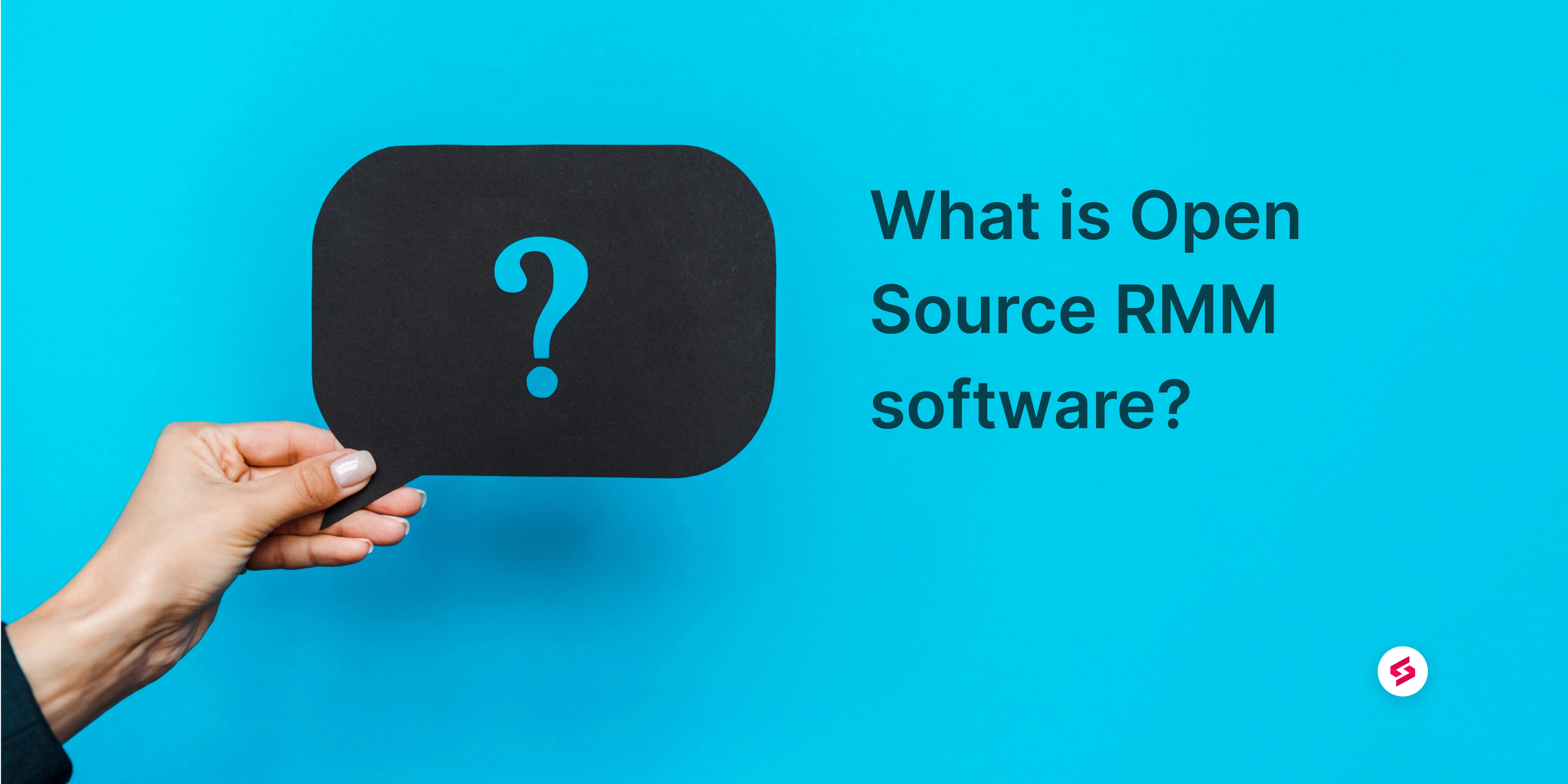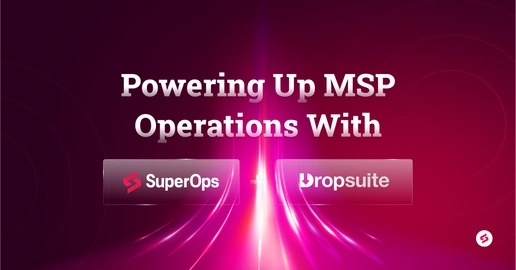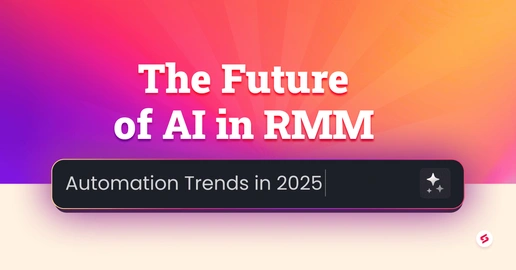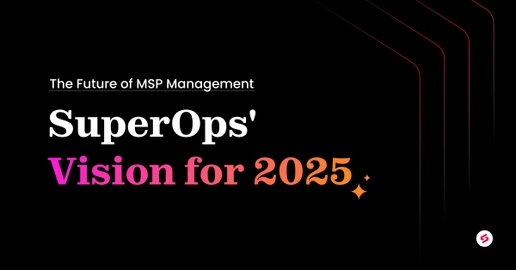With the revolutionary shift of workplaces from on-premise to remote, RMM has become a beloved addition in the world of MSPs.
RMM, which stands for remote monitoring and management, is a strategic approach of checking up on the client's IT infrastructure using specialized resources and tools. Organizations are preferring the cloud nowadays to adapt to the 'new normal' which is proving to be a great advantage for the MSPs. However, to properly reap the benefits of this scenario, MSPs need to strengthen and grow their RMM setups to gladden their clientele.
Why RMM software and how do you use it effectively?
With the help of the RMM setup, you can carry out basic maintenance checks and resolve minor inconveniences without even practically visiting your client. You get the option of remotely monitoring the customer’s network in real-time. This allows MSPs to foresee any issues that could pose a major threat in the near future.
All you need to do is install the Remote Monitoring and Management software on the client’s network and endpoints. The RMM system consists of agents, which are responsible for obtaining information from the monitored computers and mobile devices and conveying the same to the RMM console. The information gathered by the agent is like a health report on the devices. This report is used by the MSP to examine and handle all IT activities. Adopting RMM methodologies aid in MSPs in providing consistent and smooth services to their clients without needing to dedicate separate manpower that has work 24*7.
The impressive aspects of RMM that makes it stand out and be the clear choice are listed below:
Backing up client data and also maintaining reports
Retrieving data
Access through mobile devices
Network inspection
Patch management
Generating real-time alerts
Protection against web malware
Remediation management
Deployment management
RMM tools are of two types: paid/commercial or free (can be open-source or free versions of commercial products). In this article, we’ll be discussing the latter, open-source RMM, and its benefits and pitfalls.
The open-source variety of RMM tools can cover all your bases when it comes to basic functionality. These are a great option for small or developing MSPs who don’t have the resources to invest too much in asset management.
Open-source RMM software is completely free, full, uninterrupted access to the features of a basic RMM tool. Open-source RMM tools don't require any software licensing fees and maintenance costs, turning out to be an economically smarter solution for the IT scanning needs of MSPs. Open-source RMM software usually lacks in powerful automation and workflow capabilities, but that isn’t a huge blocker for MSPs, since the number of endpoints they need to manage is low.
As an added bonus, you can even access and personalize the underlying code. With some developers on deck, you can customize the RMM tool to suit your unique business needs.
However, there's a setback that comes with using open-source RMM software that’s too big to ignore. It is the complete lack of technical support. There's no customer support team to help you out in case you hit a snag, and you’re on your own to figure out how to troubleshoot and maintain the RMM platform. You can try sending some emails to the developers of the tool, but keep your expectations low. Another huge drawback with open-source RMMs is a dire lack of scalability; with a limited feature set when compared to their paid counterparts, open-source RMM tools become nothing more than a stopgap option until you can afford to get a paid RMM solution.
But this doesn’t mean that open-source RMM software doesn’t have its upsides. Let’s check out the various benefits that come with open-source RMM tools:
- A much better alternative to manual asset management
The traditional method of managing client endpoints is usually by visiting the client location. Visiting the client site, manually checking each asset for issues and maintenance can cost you a lot of time and resources without adding any value or benefit to your business. When this process is replaced by an open-source RMM tool, your site visit is replaced by a network scan. This scan quickly identifies issues and brings them to your attention to fix things remotely, thus saving you the trouble of visiting the client every time a machine is experiencing issues.
- Light on your budget
It’s easy to lose track of your expenses while managing your client network, with your budget leaking through small, numerous expenses over time, which is why MSPs need to plan their monitoring and management activities while remaining within the allocated budget. Adopting an open-source RMM tool is an easy way to save money on software (keep in mind that you’ll need to compromise on a lot of features that paid tools provide and make do with what’s available.) That’s exactly why we recommend choosing a good commercial RMM.
- Independent systems
With streamlined open-source software, you don't have to commit a whole maintenance squad at the client’s location. Your employees need not have a close watch on the client's IT infrastructure to ensure that things are running smoothly. The RMM tool will automatically raise an alarm to warn you of any system health issues, OS and application patches, virus or malware threats, software deployments, and more. A major flaw here is that your MSP will need to constantly monitor the health of your open-source RMM. If something goes wrong, you’ll need to spend time figuring out what’s wrong and fixing it. On the other hand, commercial RMMs have well-experienced development and support teams working round the clock to ensure everything is in good shape.
Open-source RMM software offers the bare minimum for MSPs who are just getting started, but finding the right support to help you customize your open-source RMM is difficult. Paid, commercial RMMs take the grunt work of development off your plate, have stringent security policies in place, and make lives easier for MSPs. Open-source RMM software is a great stopgap solution, but paid RMM solutions are definitely the way to go for MSPs in the long run.








